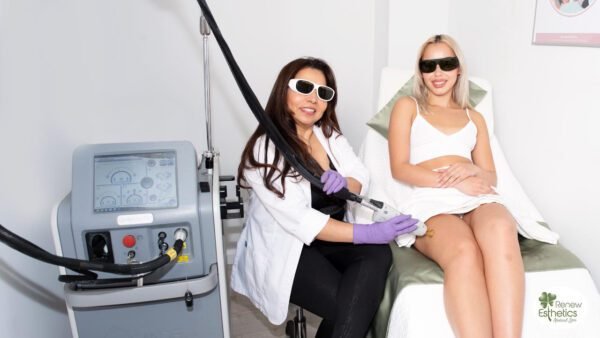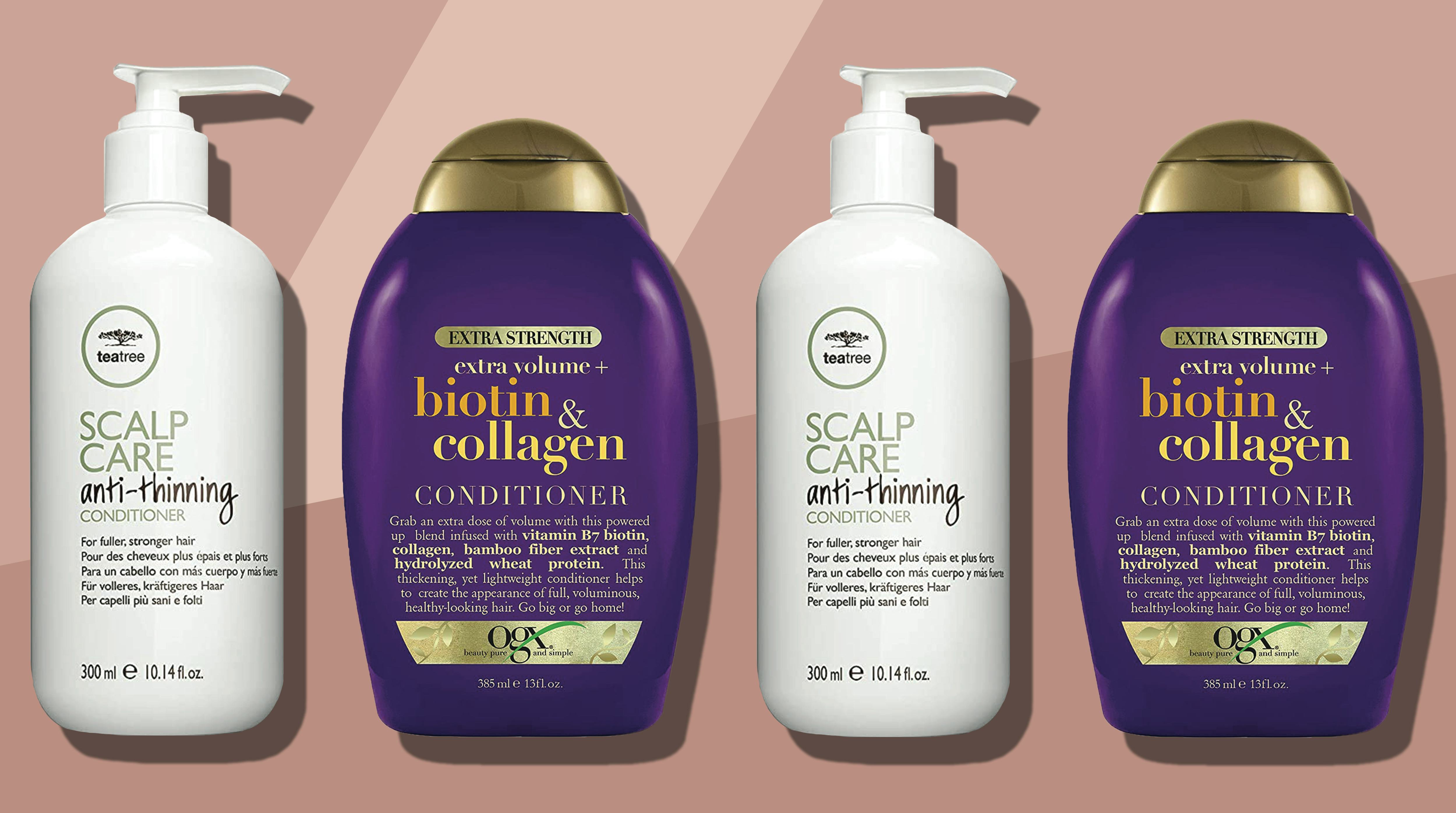Table Of Content

The underarm area is a common location for laser hair removal, and the procedure primarily affects the hair follicles in that region. It does not involve exposure to the breast tissue or any direct influence on breast health. It’s important to note that at-home laser hair removal devices are designed for consumer use and are subject to regulatory oversight by relevant authorities in different countries. While they may not be as powerful as professional devices, they are intended to provide effective hair reduction when used as directed. However, amidst the buzz and convenience, questions and concerns have arisen about the safety of laser hair removal, particularly regarding its potential to cause cancer. While some mild side effects may occur after laser hair removal, they typically subside within a few days.
Armpit Lumps: Causes, Diagnosis, Treatment - Health.com
Armpit Lumps: Causes, Diagnosis, Treatment.
Posted: Sat, 13 Apr 2024 07:00:00 GMT [source]
Non-surgical cosmetic procedures
The wavelengths used in laser hair removal treatments primarily target melanin in the hair follicles and do not penetrate deep enough into the skin to cause cellular damage that could lead to cancer. Laser hair removal is a cosmetic procedure that uses concentrated beams of light to target hair follicles, inhibiting hair growth over time. The process involves the absorption of light energy by melanin, the pigment in hair follicles, which heats and damages the follicles without harming the surrounding skin.

Laser hair removal is fine for those without a history of skin cancer
There are also more side effects reported in people with darker skin types. The laser treatment will take place in a room set up specifically for laser treatments. Everyone in the room must wear protective eyewear during the procedure.
Blisters and Skin Crusting:
Another temporary side effect is slight darkening or lightening of the skin in the treated area. At-home laser hair removal does work, however, like a lot of things on social media, the reality may be different than how it appears. To help you protect your body and your wallet, we help you determine fact from fiction. If a patient experiences some irritation after a laser session, several remedies can help soothe the treated area. Hyperpigmentation describes increased melanin production and can occur because of sun damage or - post-inflammation - after an injury or an inflammatory...

Exploring Red Light Therapy for Brain Tumors
Laser hair removal can treat several areas of the body and face, including the upper lip, legs, back, chest, and pubic area. Most patients can have laser hair removal once every 4 to 6 weeks. Your dermatologist will tell you when it is safe to have another treatment. It's important to note that the risk of skin cancer from laser hair removal is minimal. However, it is still a point of concern for certain individuals, particularly those with a history of skin cancer or other skin conditions.
Are There Any Long-Term Risks for IPL Hair Removal Treatments?
Laser hair removal is a procedure to remove unwanted hair using heat to damage the hair follicle. When done by a trusted technician, it can guarantee long-term results with minimum side effects. It works best on those with contrasting skin and hair colors, for example, light skin and dark hair. It's important to keep treated areas out of the sun and away from indoor tanning equipment. IPL treatments, while effective for hair removal, can sometimes lead to hyperpigmentation. This occurs because the treatment also targets melanin, the pigment responsible for skin color.
Can Laser Hair Removal Cause Skin Cancer?
Whether this original lesion was a malignant melanoma or something more benign is still a matter of debate. A report by ARPANSA radiation health committee states the diagnosis of skin cancers can be missed or delayed because a pigmented lesion was incorrectly treated with IPL or laser [35]. Therefore, definitive conclusions about whether the treatment caused the cancer or that the cancer was present previously and the treatment had no impact, cannot be drawn. This lack of evidence and the difficulty in obtaining more relevant in vivo data suggests that light-based treatment of malignant melanoma should be avoided and a more conventional treatment method should be used. Numerous studies have investigated the potential link between laser hair removal and cancer, with no conclusive evidence supporting such a connection.
How Can I Reduce The Risks of IPL Treatments?
When it comes to laser hair removal, different types of lasers are used depending on the individual’s skin type, hair color and texture, and the area being treated. Each type of laser has its own advantages and disadvantages, as well as potential risks and considerations. All of that being said, laser hair removal can make your skin more susceptible to sunburn, which can in turn lead to skin cancer. If you get laser treatment, be sure to follow all laser hair removal aftercare best practices and limit direct sun exposure after laser hair removal for at least two weeks.
It's not permanent
You should wear sunscreen daily for four to six weeks before your procedure, especially on the exposed areas being treated. It's also recommended to avoid sunless tanners as well as tanning in the sun or in tanning beds. Hormonal status also plays a role in how well and how long hair removal results may last.
A doctor can advise on other options, as laser hair removal often requires multiple sessions that should not be undertaken during pregnancy. People with blond, reddish, or grey hairs may not notice much of a change, as laser lights are attracted to dark hair and are often not successful on light hair. For a couple of days after treatment, the affected skin may become red and tender. Before embarking on the therapy, however, people should make themselves aware of some side effects of laser hair removal, as well as some myths that surround the process. Most people see about a 10% to 25% reduction in hair growth after the first treatment. After all your treatments, you may not have new hair growth for several months or years.
Don’t be afraid to ask questions and voice any concerns you may have before undergoing the procedure. The body’s natural antioxidants, such as vitamin E, can control the level of cellular injury by effectively “catching” any free radicals, thereby protecting the body from further damage. Our iHeard articles are evidence-based and we use an array of language to bring meaning to each topic. For example, in this article we use the word 'safe', this is not seen as a scientific word and therefore warrants some explanation.
Furthermore, professionals typically perform a patch test on a small area of the skin before proceeding with full treatment. This allows them to determine how the patient's skin reacts to the laser and helps to identify any potential adverse reactions. If the patient shows signs of sensitivity or adverse effects during the patch test, alternative treatments or adjustments to the laser parameters can be made to minimize any risk. Laser hair removal is most effective for people with thick, dark hair and light skin.












